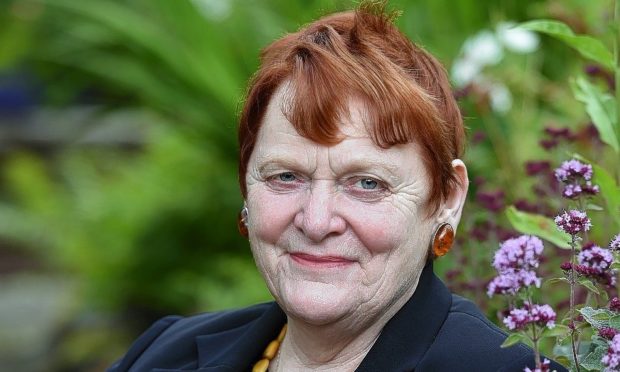The north’s council leader last night launched a blistering attack on her own education officials for failing to get to grips with an overcrowding crisis in city schools.
Margaret Davidson and other senior colleagues also called for developers to pay more to improve infrastructure to cope with the inhabitants of their new schemes.
The unprecedented scenes came as another 100 new homes were approved in an area where schools are already at breaking point.
Tulloch’s proposal for developing another corner of Milton of Leys on the south side of Inverness at Bogbain Farmhouse was passed by the area’s planning committee. But the decision, among others, sparked a wider debate that a tide of house building in the city had not been met with sufficient cash contributions – “planning gain” – from developers to ensure necessary school provision for additional pupils.
The south planning committee had earlier approved a separate Tulloch application for a mixed residential, commercial and recreation proposal for a site at Castleton Village, also in Inverness.
“The (developer contribution) figures set are almost certainly inadequate for the world we’re living in, where we have huge pressures now on the capital programme,” councillor Davidson said.
“We’ve had three briefings in Inverness over the past nine months because of the concerns about Inverness schools. What seems to have failed most in Inverness is the predictions of school rolls. We need to get much, much smarter at how we predict the number of children coming through.”
Calling for an urgent summit to review the school capacity issue city-wide, Mrs Davidson said she was “disappointed” not to have had a response to the problem from the council’s education officials.
“That’s inexplicable, to me.” she said. “We urgently need to review the developer contribution to education and I’d like to see that (report) back at the next possible committee.”
New Conservative councillor Andrew Jarvie kicked off the debate about planning gain and intended challenging the Tulloch planning application, which was 25 homes more than previously expected. But he failed to convince council solicitors that he had grounds within planning rules to reject it.
Speaking afterwards, he said: “I left Culloden Academy seven years ago. It was over-capacity then. In 15 years’ time it’s projected to be over 150% capacity.
“The situation is at breaking point. Going into the next few years it’s verging on a catastrophe.”
Local councillor Ken Gowans said: “This is a dreadful decision for the community who should have received more support from my colleagues in the council chamber.”
South planning committee’s newly appointed vice chairwoman Carolyn Caddick was equally angry.
She said: “We keep adding to the problem. We’re not solving it and it’s a serious issue.”
In a statement afterwards, education chairman Bill Alexander said: “The education committee considered all of the school estate priorities at its meeting in March. Inverness schools featured very highly in that priority list.
“It’s now for the full council to agree the revised capital programme including how it’ll meet the challenges for the school estate.”
A spokeswoman for the council said that a review of developer contribution requirements had already begun.
“Future levels of contributions towards education will be assessed as part of this work, and reported to members later in the year,” she said.
At the moment, the payments can be £2,013 per house and £260 per flat towards a primary school extension – or £1,039 per house and £65 per flat towards additional secondary school accommodation.










